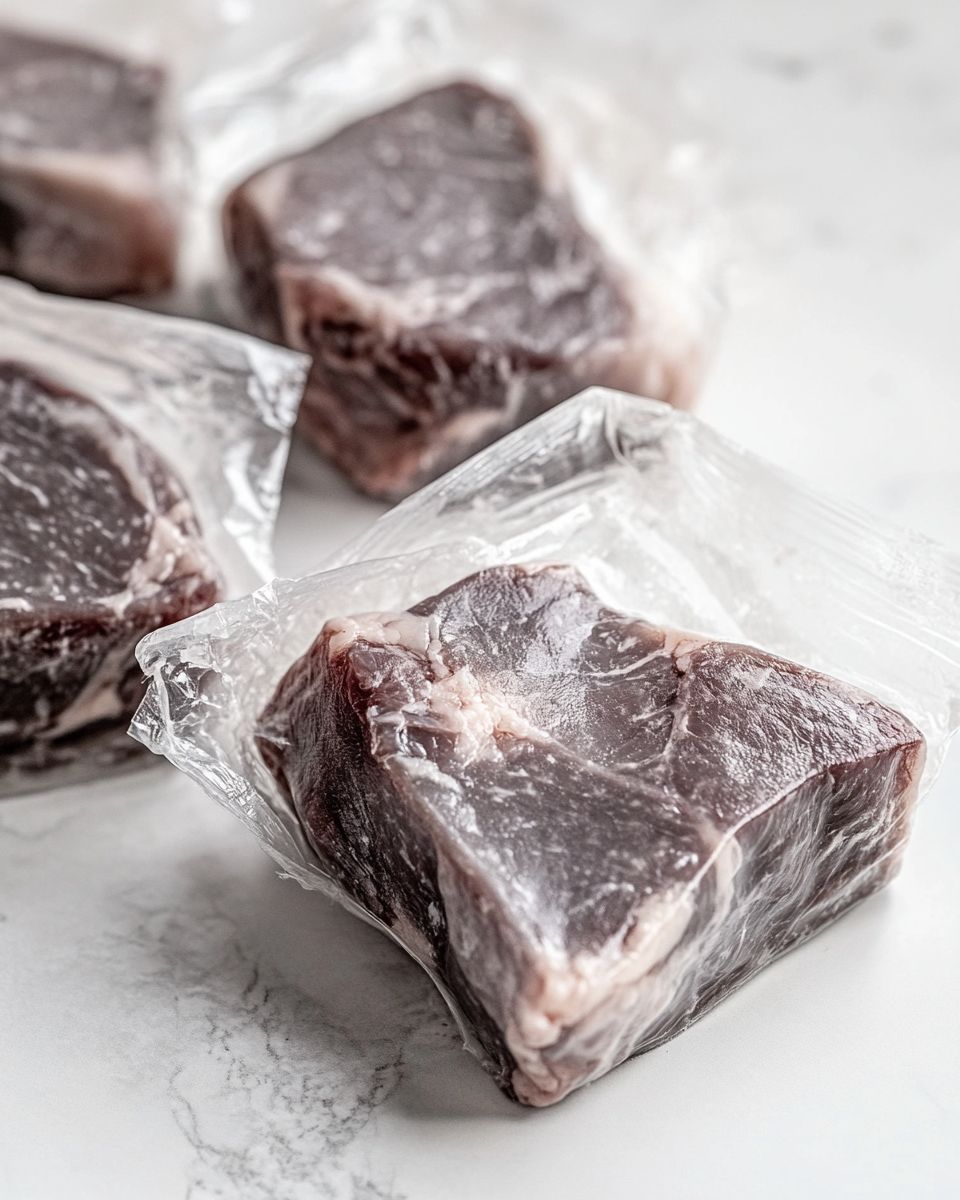Causes of Gray Discoloration in Steak

The steak we pulled out of the fridge is gray—can we still eat it?
Gray discoloration in steak can occur due to several reasons. One common cause is the lack of oxygen exposure, which can happen if the steak has been stored in a vacuum-sealed package or tightly wrapped in plastic. Without oxygen, myoglobin converts to metmyoglobin, which has a grayish-brown color. Additionally, prolonged storage or improper refrigeration can also lead to color changes.
Is Gray Steak Safe to Eat?
The safety of eating gray steak largely depends on other factors beyond just its color. If the steak has been stored properly and is within its use-by date, it may still be safe to eat despite the color change. However, it’s important to assess other signs of spoilage, such as an off smell, slimy texture, or any visible mold.
Assessing the Freshness of Your Steak
To determine if your gray steak is still fresh, conduct a thorough inspection. Check for any unusual odors, as a sour or rancid smell is a clear indicator of spoilage. Feel the texture of the meat; it should be firm and not slimy. Also, consider the storage conditions and duration, as these factors play a significant role in meat freshness.
The Role of Oxygen and Myoglobin in Meat Color
Oxygen and myoglobin are crucial in determining meat color. Myoglobin is a protein found in muscle tissue that, when exposed to oxygen, forms oxymyoglobin and gives meat its red color. Without oxygen, myoglobin turns into metmyoglobin, resulting in a gray or brown color. This process is natural and doesn’t necessarily indicate spoilage.
Factors That Affect Meat Color During Storage
Several factors can influence meat color during storage, including temperature, packaging, and exposure to light. Cold temperatures slow down the oxidation process, helping maintain the red color longer. Vacuum-sealed packaging limits oxygen exposure, which can lead to a gray appearance. Light exposure can also cause color changes due to photo-oxidation.
Best Practices for Storing Steak
To maintain the quality and color of your steak, store it in the coldest part of your refrigerator, ideally at temperatures below 40°F (4°C). Use airtight packaging to prevent exposure to air and moisture. If you plan to store the steak for an extended period, consider freezing it to preserve its freshness and color.
When to Discard Discolored Steak
Discard steak if it shows multiple signs of spoilage, such as a foul odor, slimy texture, or visible mold, regardless of its color. If the steak has been stored improperly or for an extended period beyond its use-by date, it’s safer to err on the side of caution and discard it to avoid foodborne illness.
Conclusion: Making an Informed Decision About Your Dinner
While a gray steak might not look appetizing, it doesn’t automatically mean it’s unsafe to eat. By understanding the reasons behind color changes and assessing other freshness indicators, you can make an informed decision about whether to cook it or not. When in doubt, trust your senses and prioritize food safety to ensure a delicious and safe meal.
